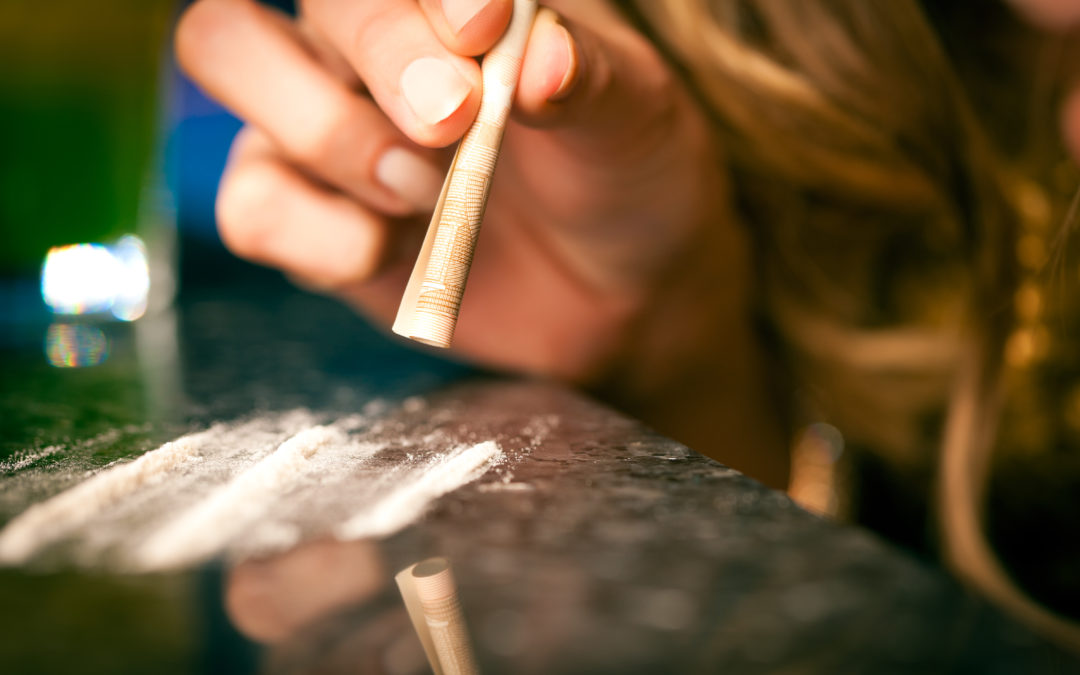Family intervention for crack cocaine addiction is a carefully planned process done by family and friends with the help of a professional interventionist. The focus and goal of family intervention are the consequences of addiction and to ask him or her to accept treatment. The average person struggling with a crack cocaine addiction is in denial about their situation and unwilling to seek treatment. Moreover, they may not recognize the negative effects their behavior has on themselves and others. Crack cocaine intervention is almost always necessary.
Crack cocaine is a powerfully addictive drug, and the effects are delivered faster and are more intense then powdered cocaine. Because of the addictive nature of crack cocaine, the planning of a crack addiction intervention is essential. During the intervention, specific examples are given of the destructive behaviors and the impact of these behaviors on the person with the addiction and the family. The intervention also offers a prearranged treatment plan with clear steps, goals, and guidelines. Also, it spells out what each person will do if the drug-addicted individual refuses to accept treatment.
What Happens the First Time Using Crack Cocaine?
Smoking cocaine allows for more rapid absorption of the drug into the blood. Crack cocaine produces a more potent and fast-acting high. The euphoria is intense but brief because the drug is more active in the bloodstream causing the high to come on faster but leaving just as quick. The high from smoking crack lasts 10 to 15 minutes. However, every experience is different from the first time it is used. Some people have described it as being hooked and wanting more after the first time. Others felt they did not become addicted to the drug as quickly. Several factors determine how quickly someone becomes addicted to crack cocaine—for example, psychological factors, environment, and other drugs.
Crack affects different neurotransmitters in the brain, primarily dopamine, which plays a role in the reward system of the brain. Normally, without drugs, dopamine gets released and reabsorbed, which is a process called dopamine reuptake. However, cocaine blocks the process of reabsorption, and the dopamine remains active on the neural synapses overloading the dopamine receptors with intense euphoria and confidence. Yet, the pleasurable effects are short-lived, which leads to immediate cravings and binge consumption—which is why the timing for a crack cocaine intervention is crucial.
Organizing Family Intervention for Crack Addiction and Treatment
Plan and contact an interventionist—family members and friends propose an intervention and begin to form a plan and intervention group. The first step is to consult with a professional, such as a certified interventionist. Interventions are highly charged situations with the potential to cause anger, betrayal, and resentment. Anyone involved with the intervention will start to gather the necessary people for the intervention, which is where a professional interventionist helps. Much of the initial planning takes place, and the interventionist is working with the family.
Form the intervention team and start planning—when a certified interventionist is hired, they will help the family and friends decide who is taking part. It is important not to have anyone there who is antagonistic or over sympathetic. The interventionist educates the family and explains the process of the intervention. It is crucial to listen to the interventionist, especially when deciding on specific consequences if the drug addicted person refuses help. Each team member also puts together a letter or notes, which describes specific incidents where the addiction has caused problems.
Hold the intervention, and the interventionist will do the follow-up—the intervention is held at a pre-determined time and place. The timing must also be perfect because of the drug use patterns with crack cocaine. The interventionist keeps the intervention moving, and everyone on point and each team member will speak their piece. Once the person agrees to the treatment they are immediately brought to the facility with no delay. If the individual refuses treatment, then everyone involved with the intervention follows through with the consequences, which was pre-determined before the intervention. After the intervention, the interventionist maintains contact with the family and helps them work with their loved ones to keep them in treatment.
The Harsh Reality of Crack Cocaine in America
A growing concern in the United States is the crack cocaine use among young people; however, it is varied within different regions. According to a 2016 Monitoring the Future Survey, the past year cocaine use in 2015 among 12th grade students varied between 1.8% and 2.3%, except for the western U.S. where it was 4.4%. According to the 2018 National Survey on Drug Use and Health, in 2018, an estimated 874,000 people aged 12 or older used cocaine for the first time in the past year. The number of per year initiates in 2018 for cocaine use was higher than the numbers from 2009 to 2013. Also, in 2018, an estimated 74,000 adolescents aged 12 to 17 used cocaine for the first time in the past year. Crack cocaine addiction must be stopped early, which is why crack addiction intervention is crucial, and the best resources to utilize.
Sources Cited
https://www.drugwarfacts.org/node/2285
https://www.samhsa.gov/data/sites/default/files/cbhsq-reports/NSDUHNationalFindingsReport2018/NSDUHNationalFindingsReport2018.pdf

